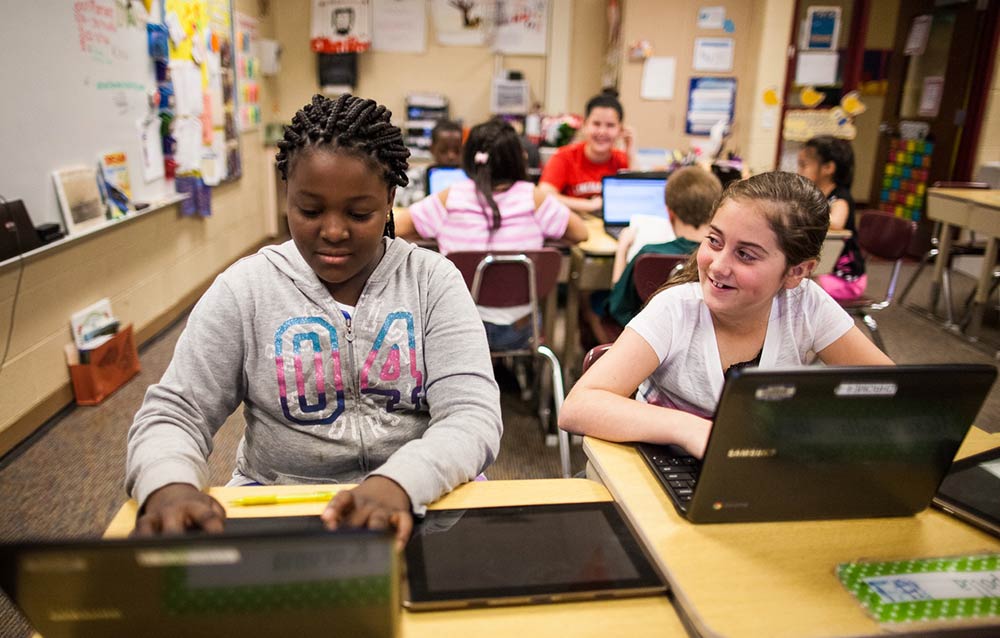I’m a big believer in using “teachable moments”. Those are the times when the concept/material aligns with the learner’s Need to Know. And the more of those teachable moments there are, the stickier the learning is. So the question is…. how do we provide as many of those teachable moments as possible in our curriculum?

Here’s what I do. First, I only use big projects that give students voice and choice. For instance, they have to make a game in Scratch, or Python, or Minecraft or whatever platform is engaging and appropriate for them. They choose what kind of game, which gives them creative input into their project and also helps them have ownership of their learning.
Secondly, I don’t front load all of the learning. This may go against other approaches, where the thinking is that students can only do what we have “taught” them. Which means that we have to “teach” everything before they can actually do something with it. I only “teach” enough of the platform as they need to get started, pointing out relevant starting points and a few “gotchas” to look out for.
Third, I have them submit a game design document (GDD) where they can lay out what their game is, win/lose conditions, setting, player, obstacles/enemies, backstory, levels, etc. Once I have approved this document, they are free to start building their games.
If you’re used to doing things another way, at this point, you may be asking, “But Bob, isn’t this absolute chaos??” Nah.
Here’s how I avoid the chaos. Or more accurately, how I harness the energy of the chaos in the room. Stay tuned for part 2!
